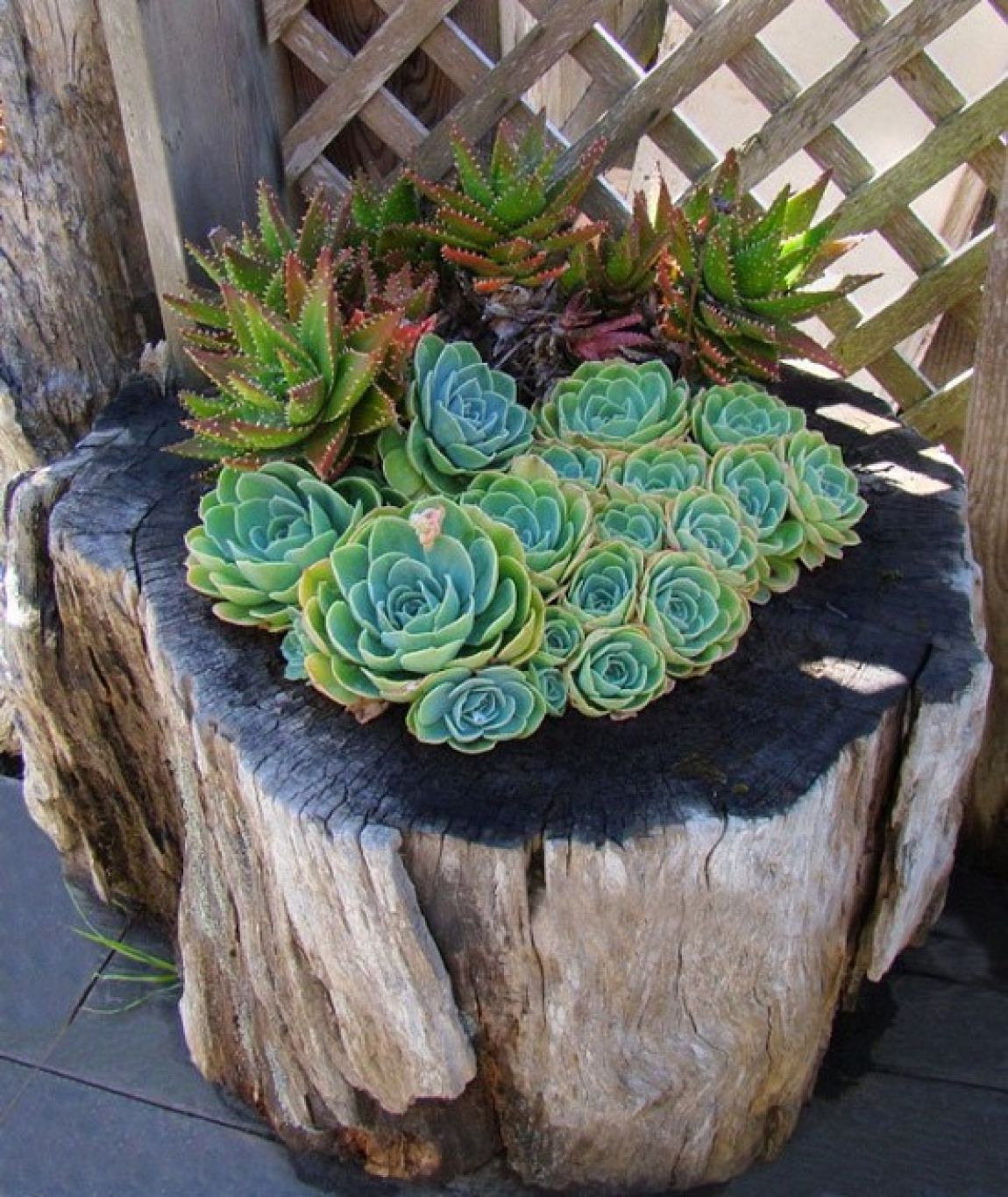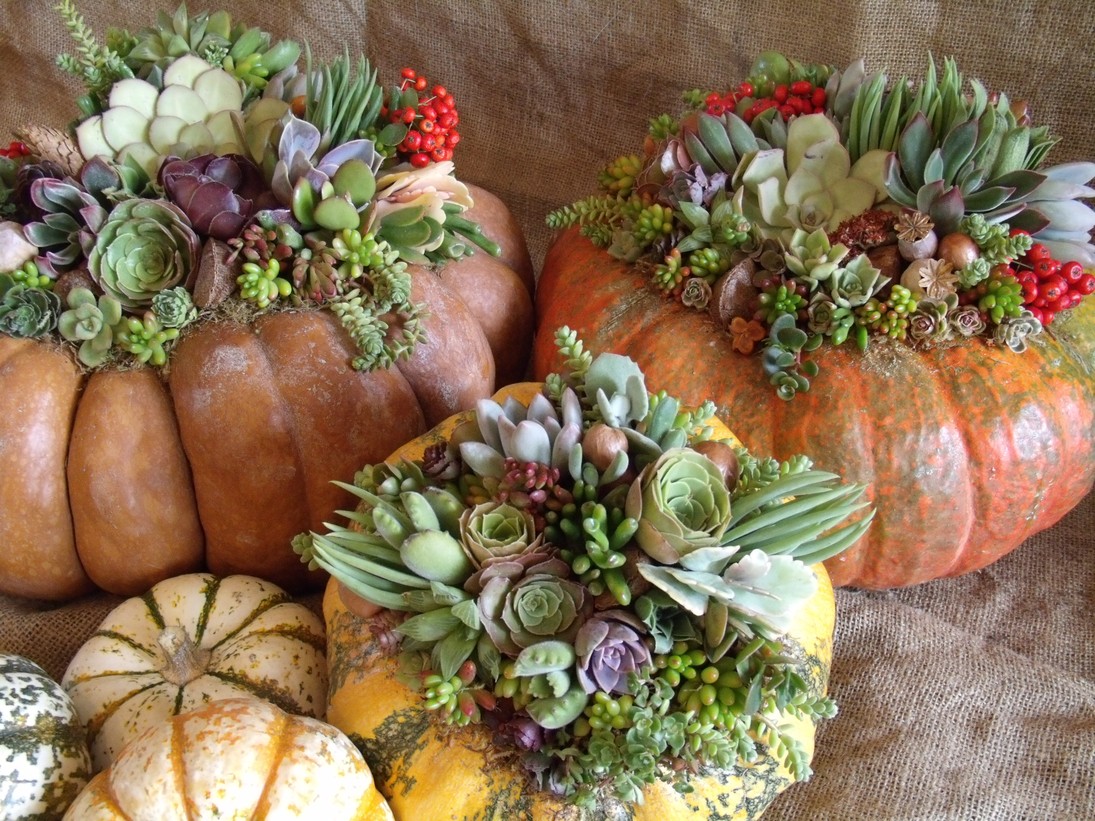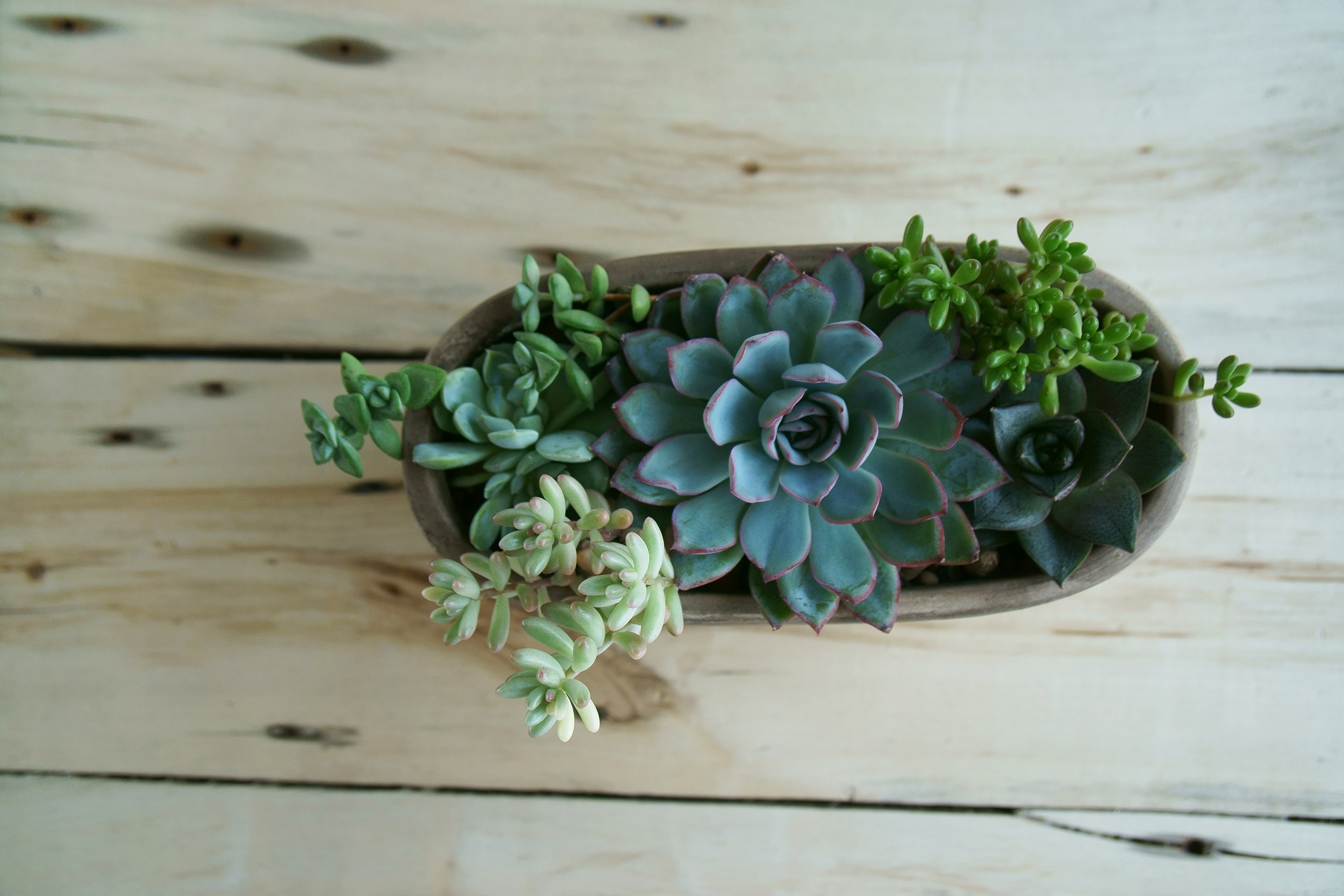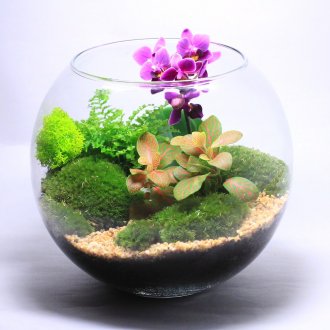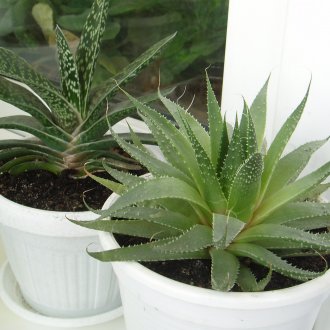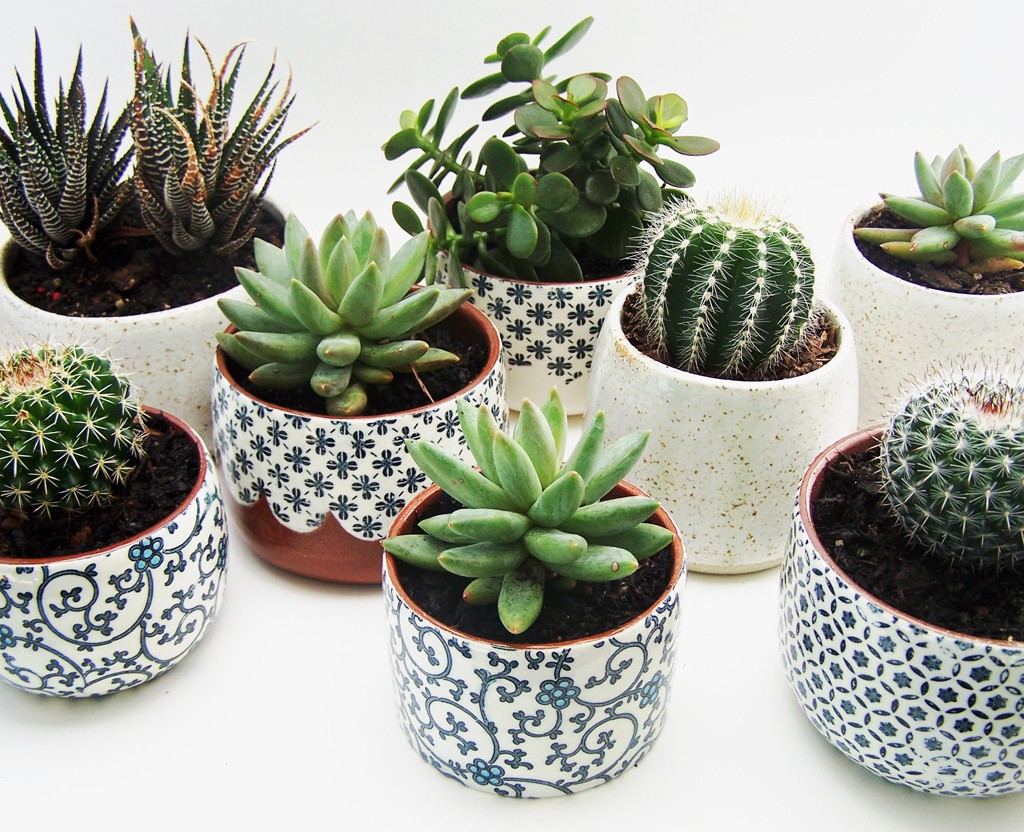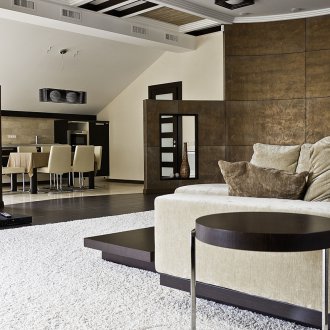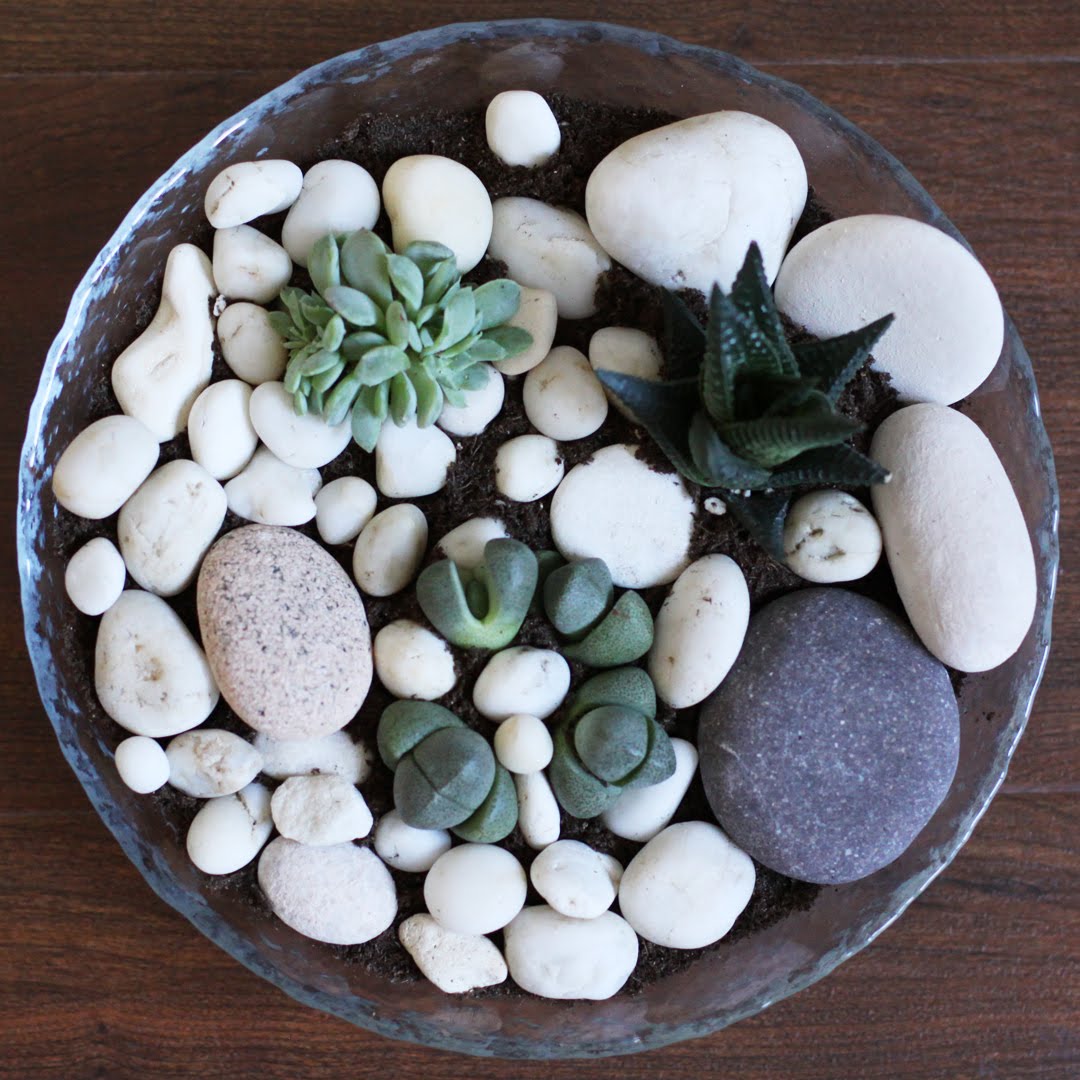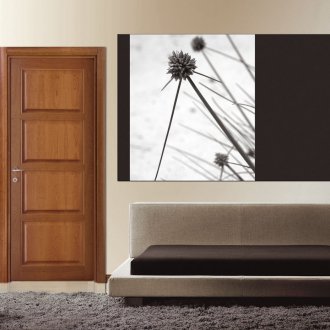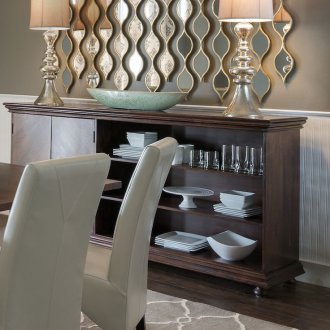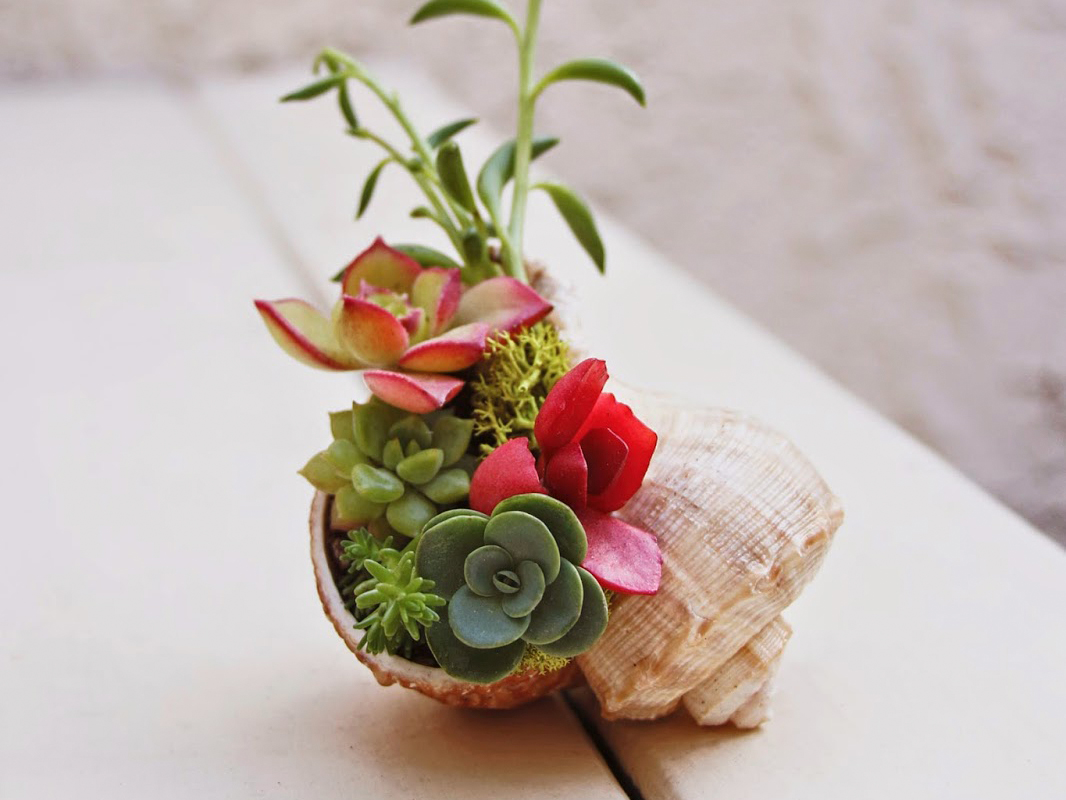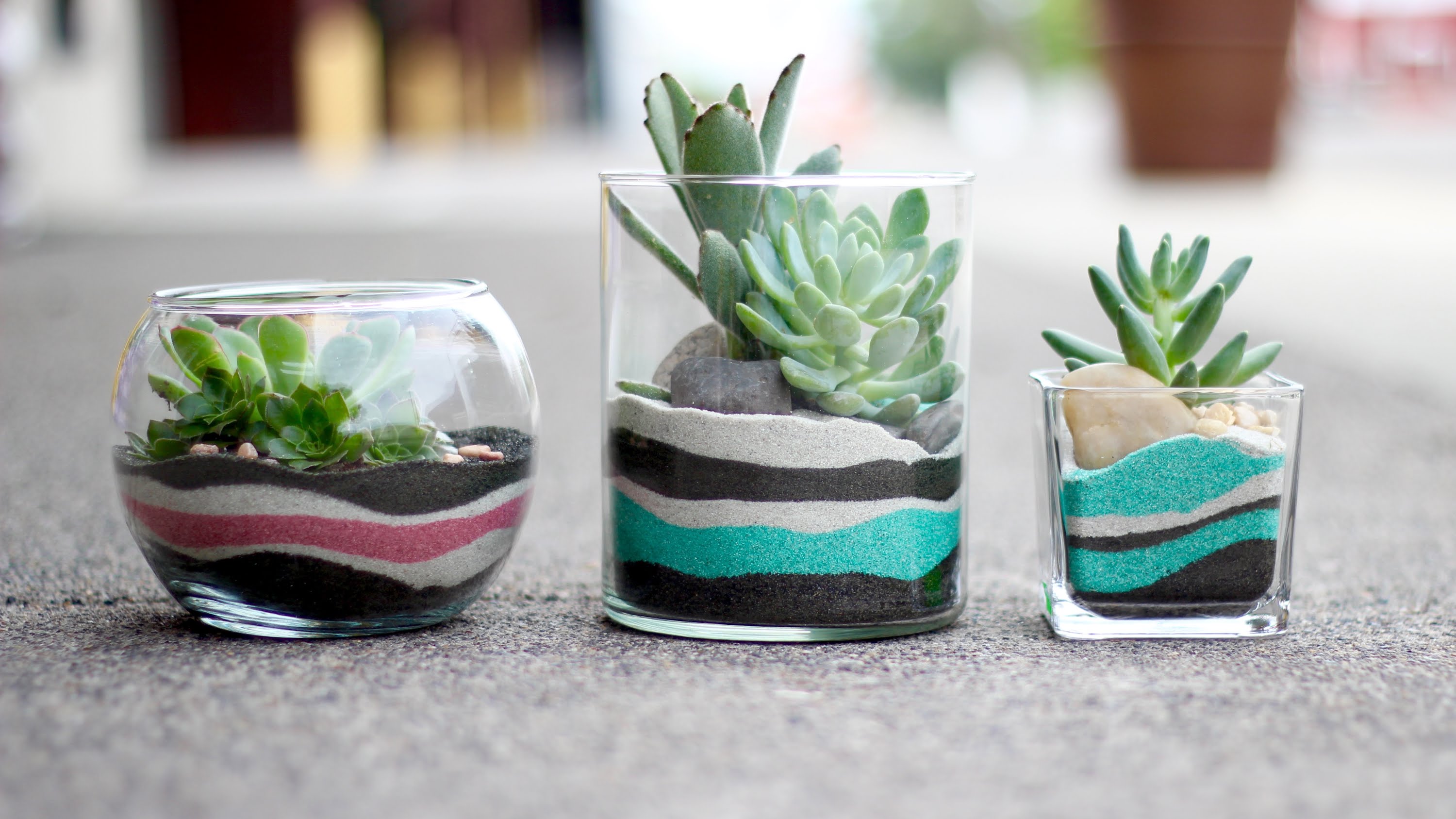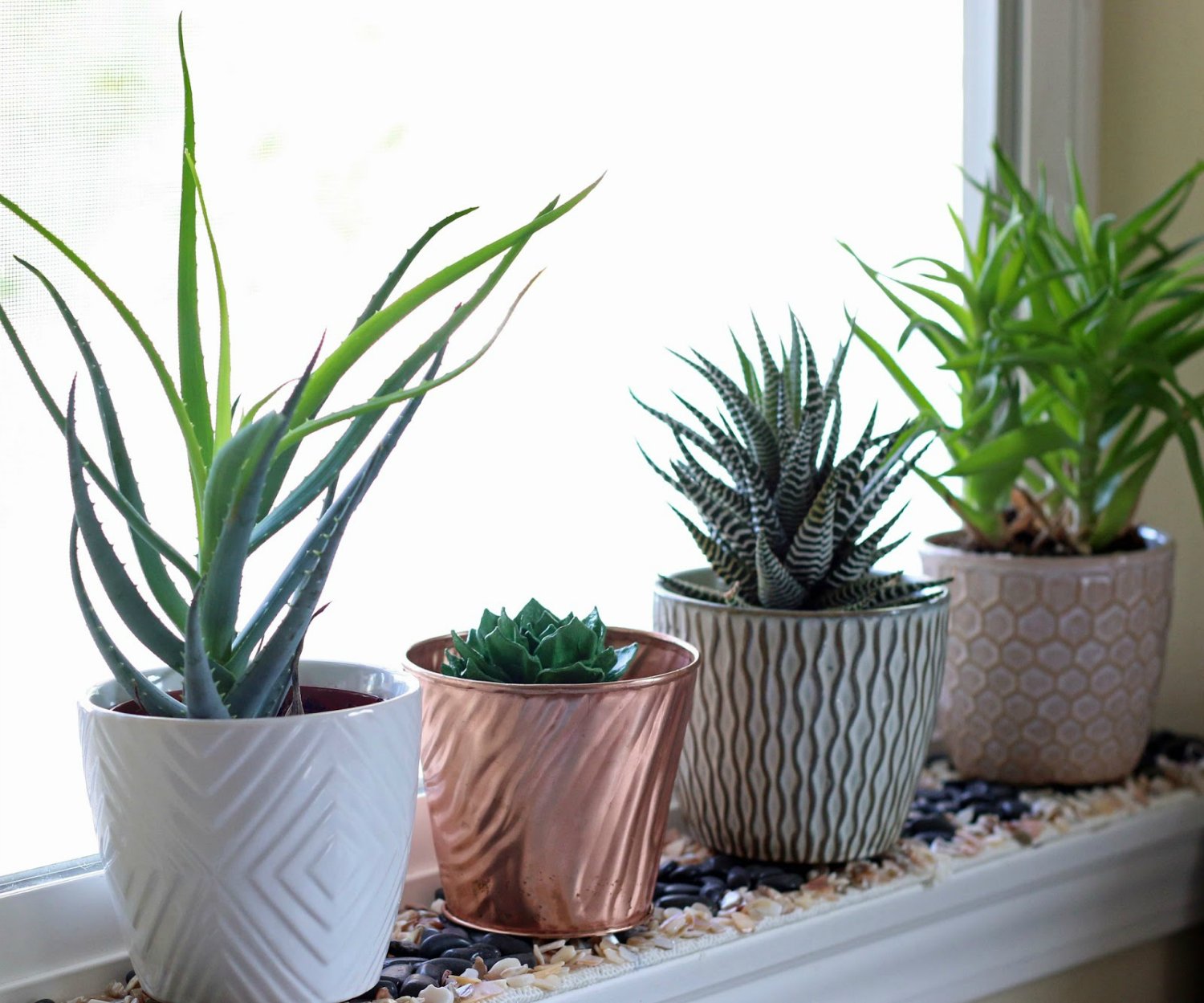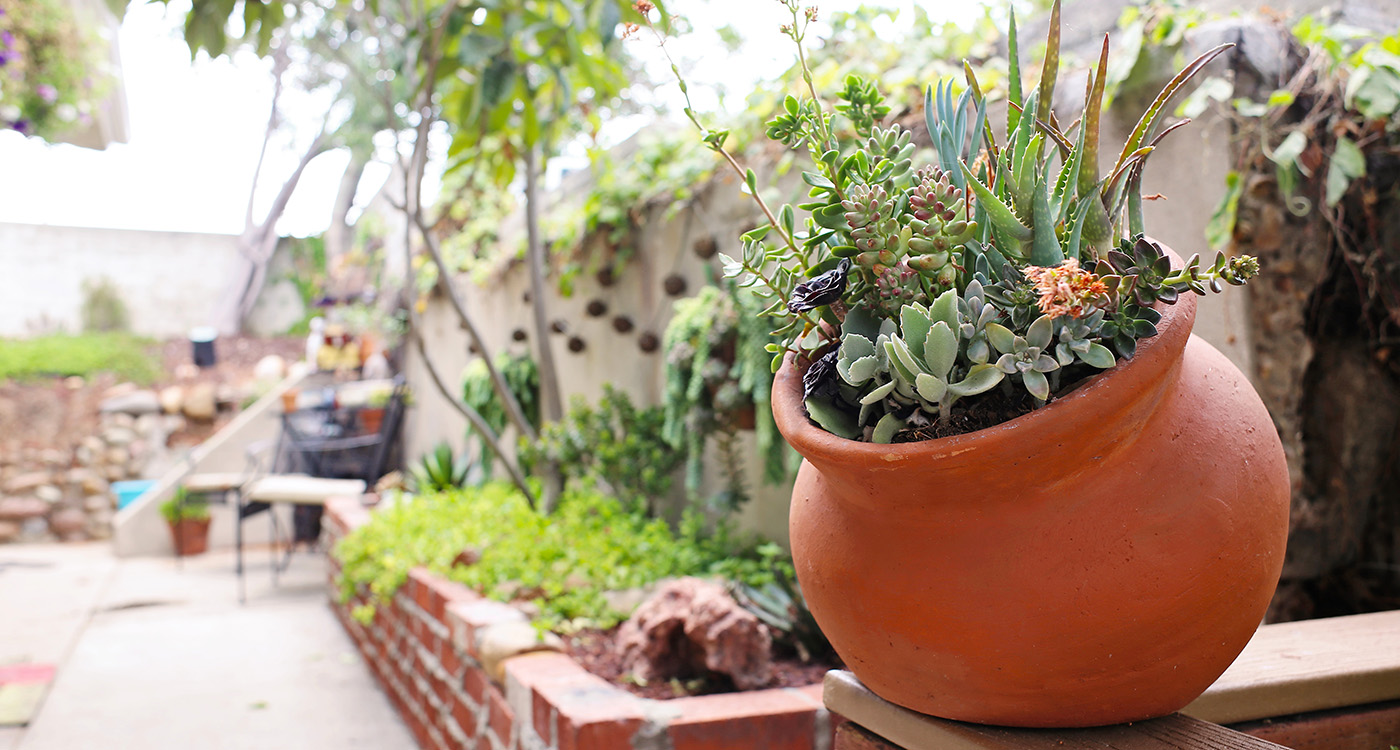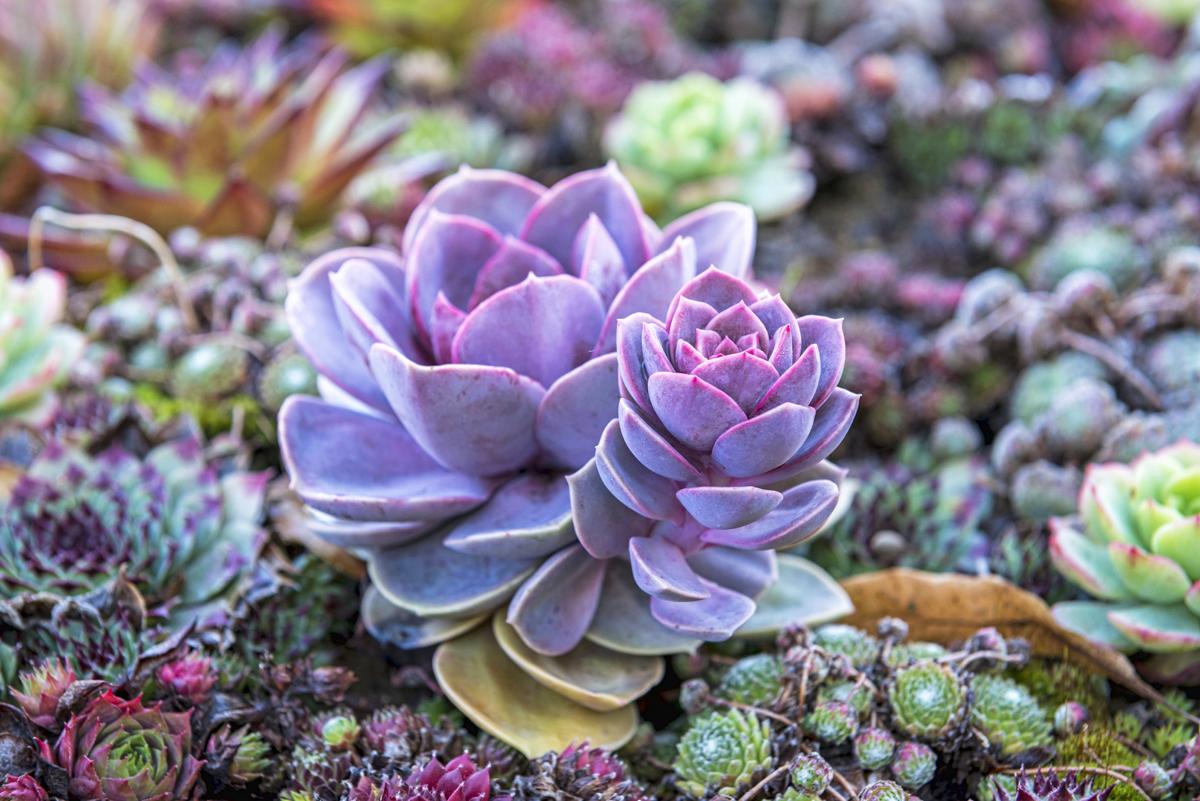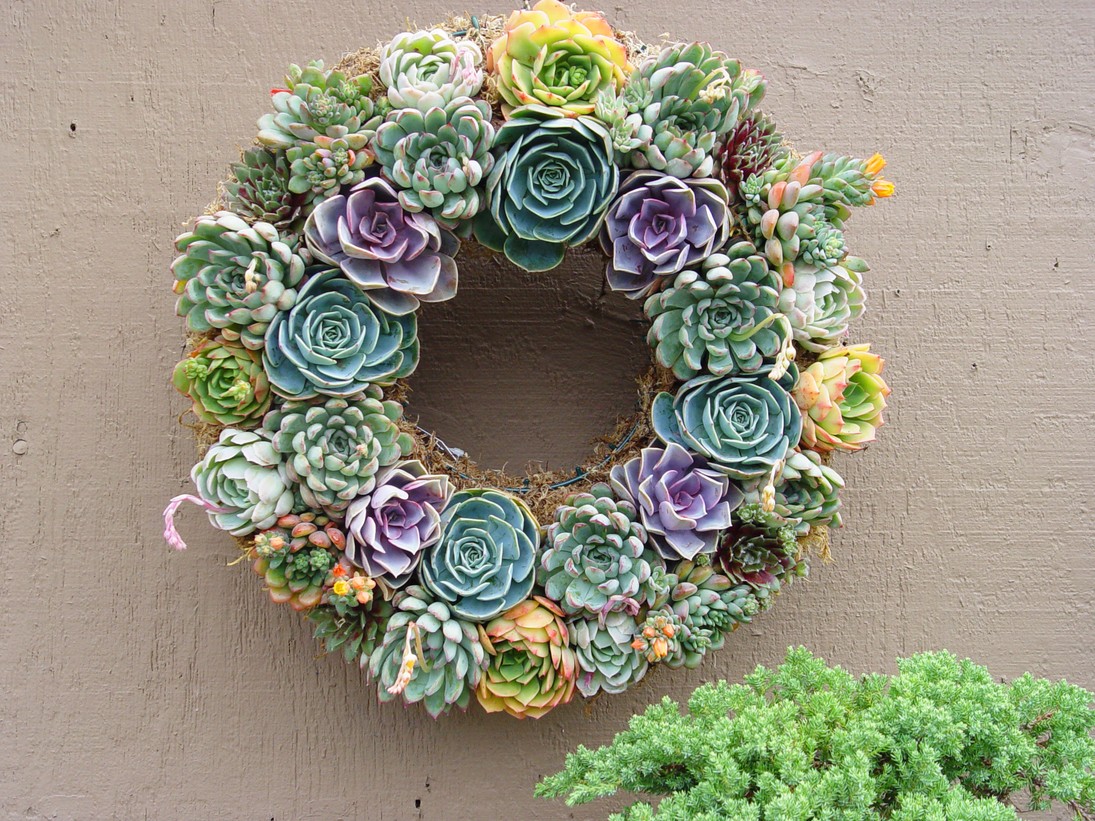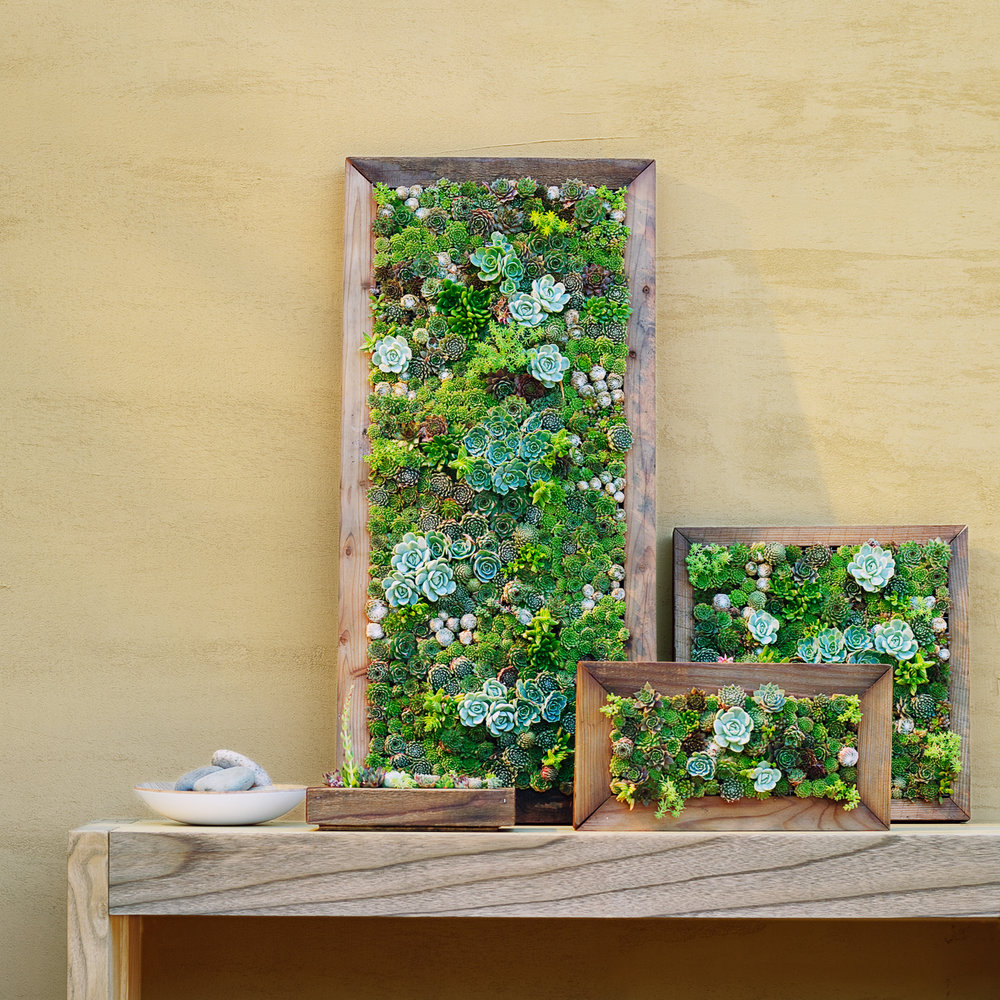Succulents in the house - we make original compositions (22 photos)
Content
Succulent plants got their name due to the fact that they have some common features: they are all very juicy, in Latin the word "succulent" is written as "succulentus". The tissues of their stems and leaves are arranged in such a way that they can store water. Succulents include zamioculcas, a representative of the Aroid family, and quadrangular cissus from the Vinogradov family, and wild, part of the Bromeliad family. All these plants do not have a common origin, and the presence of some similarity is due to similar living conditions; they usually grow in arid places.
If your “household” has a thick ribbed stalk with small or even missing leaves, then you are the owner of a stem succulent that stores moisture in its trunk. Such plants include many cacti and some representatives of the family Euphorbiaceae.
And if he has thick leaves and a plain or absent trunk? So, you grow one of the leaf succulents, possibly from the kind of aloe or haworthia, lithops or echeveria.
The color of succulents can be green, and blue, and almost white. Such a coloring improves the protection of these xerophytes from solar radiation. Often there is a fluff on the leaves and stems of plants, on which moisture condenses during the fog or when the air cools down at night.
As a result of evolution, succulents have developed a number of adaptations to protect against animals. For example, they may have thorns, spikes, poisonous juice. In addition, these plants also use mimicry to hide from their enemies, often pretending to be cobblestones and stones unsuitable for food, as Titanopsis, pseudolithos and lithops do.
Indoor succulents have excellent decorative qualities. Succulents flowers, being very unpretentious, make it possible to decorate with them even rooms with poor lighting. This plant is able to actively develop in conditions with a low temperature, but a humid indoor environment will be optimal for it.
The most popular succulents
The types of these indoor flowers, which are most often bred by plant lovers, can be listed for a long time, because there are more than eight hundred of them. You can select by size, color, and shape. Most often, lovers of flora prefer:
- cactus plants;
- crassulas;
- echeveria;
- aloe;
- Kalanchoe;
- sedumu;
- doodles;
- beard;
- lapidarium;
- agave and others
How to care for succulents?
Home succulents require different care in the warm and cold season. In spring, succulents must be transplanted, while the soil is selected nutritious and having in its composition:
- land;
- sand;
- bark.
As for how to water home succulents, in the summer it should be done regularly, using fertilizer for succulents, for example, in the form of a 1% solution of the drug “Florovit”. In winter, the frequency and abundance of watering is significantly reduced. Indoor succulent plants are best placed at this time on the windowsill as close to the glass as possible to provide him with more light.
It is interesting that very often the flowering of succulents is observed precisely in the winter months. In many cases, the cultivation of succulents is just because of the beauty of the flowers of some species of these plants.Blooming succulents in the interior - the dream of anyone who began to grow them. They, for the most part, have odorless flowers, but there are those whose flowering (for example, pseudoplaid crassula) is accompanied by the spread of a strong aroma throughout the room.
Succulent Disease
Although succulents care at home requires little, as these plants are very hardy and able to withstand many unfavorable factors, nevertheless, cases of their diseases are also known.
Below are the names and brief descriptions of some diseases that can overshadow the cultivation of succulents for you.
- Rot. Sometimes observed rotting of the roots is usually of fungal origin. It is caused by the development of fungi belonging either to the genus Fusarium, or to the genus Vertinillium and affecting the vascular system of succulents. At the same time, the plants turn yellow, their leaves wilt, and a dense white coating sometimes appears with a pinkish tinge on the stem. In the future they turn brown and inevitably die. Therefore, if you have a florarium with succulents affected by rot, then you need to clean it, and disinfect the container.
- Mushroom. This is the name of the disease caused by fungi of the genus Botritis. It manifests itself in the form of brown spots, gradually growing and turning into a rotten mass, on which the mycelium becomes visible.
- Raids. This type of disease includes, for example, penicillosis, which manifests itself in the form of proliferation of mycelium. When it is detected, the plant must be treated with a weak solution of potassium permanganate.
- Spotting. A common disease in which limited depressed spots appear are different in size and color.
How to propagate succulents?
Their reproduction is possible with the help of seeds, and cuttings, and leaves, and children. These plants are best propagated in the spring, but they are well rooted in the summer.
In some cases (eonium, zamiakulkas, etc.), cuttings can be placed in water in order for the roots to develop. But in most succulents, the cuttings in this case decay, since these plants are not adapted to be so propagated.
Cut or broken cuttings must be dried to cut the cut. After that, it can be planted by sticking in a completely dry substrate. After 15-17 days, the stalk can be watered using a small amount of water, and before that it is recommended to spray it only occasionally.
In most cases, you can plant succulents with a leaf, but this is not suitable for all types of succulents. For example, the leaves of pachypodium and milkweed cannot be planted in a substrate, since they planted rot.
Propagation by seeds is an interesting but painstaking task. In this case, it is necessary to maintain the air temperature in the florarium at 27 ° C and powerful lighting. It is possible, in the absence of mini-greenhouses, to cover the seedlings with film or glass to provide a certain humidity, but in this case it is necessary to periodically arrange ventilation in such an “incubator”.
Seedlings are susceptible to various infections, therefore, in case of disease of only one seedling, all the others in the crop are sick.
Succulents are able to please the owners with their unusual appearance and interesting flowering for a long time. Due to the simplicity of caring for them, they are suitable even for those who do not have time to day-to-day watering their "flower beds on the windowsill", the most important thing is to find a well-lit place for succulents.


